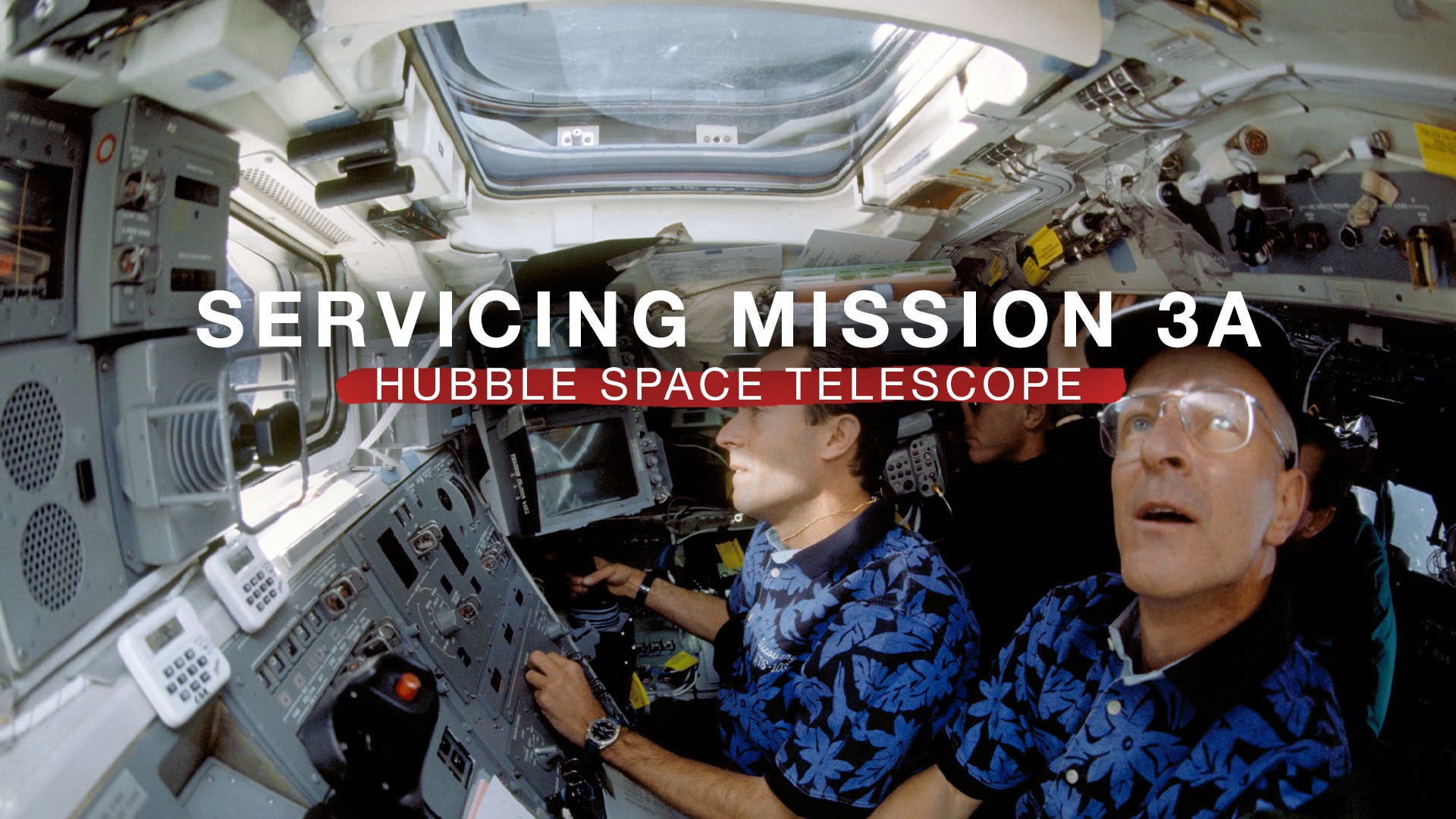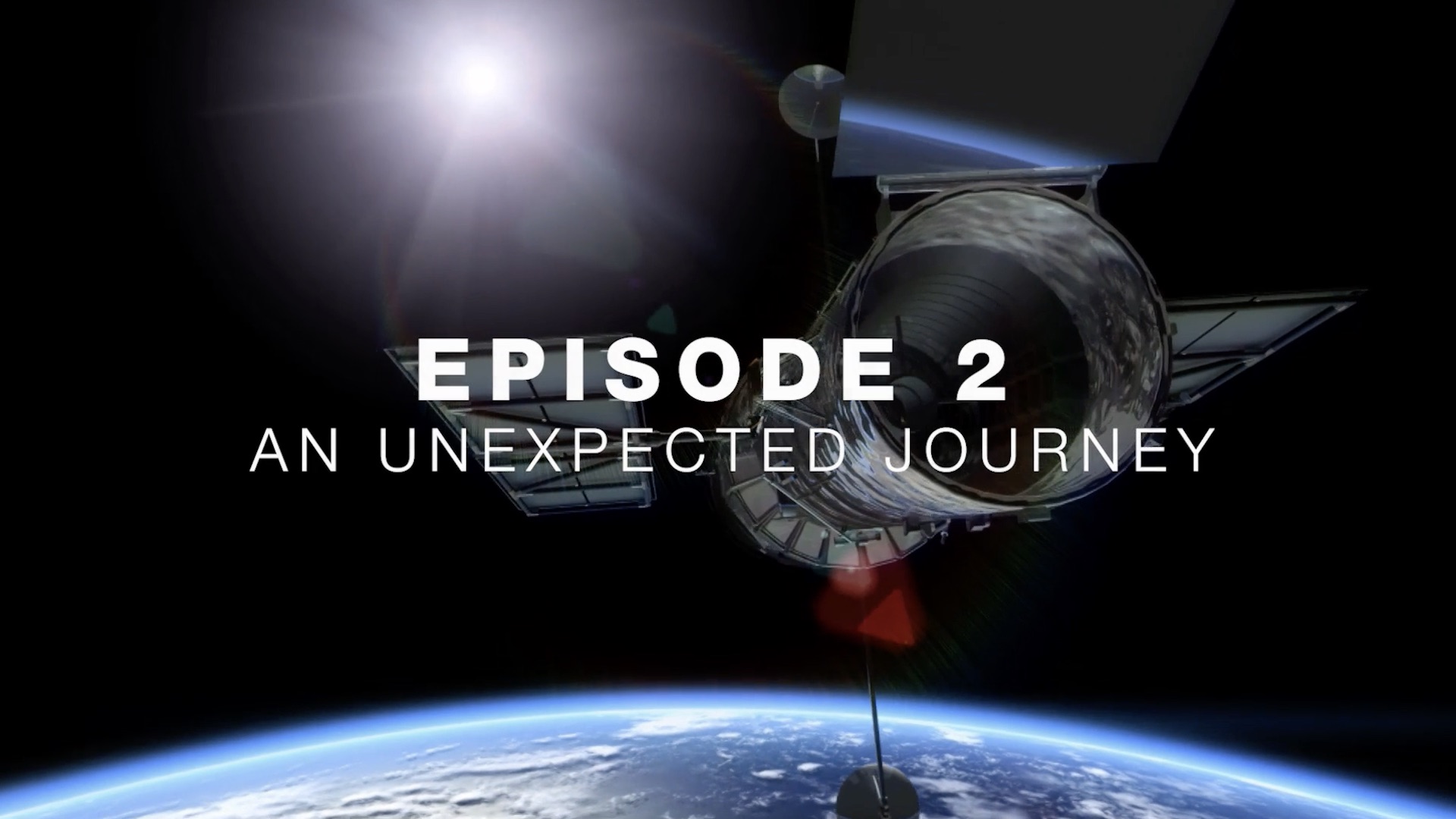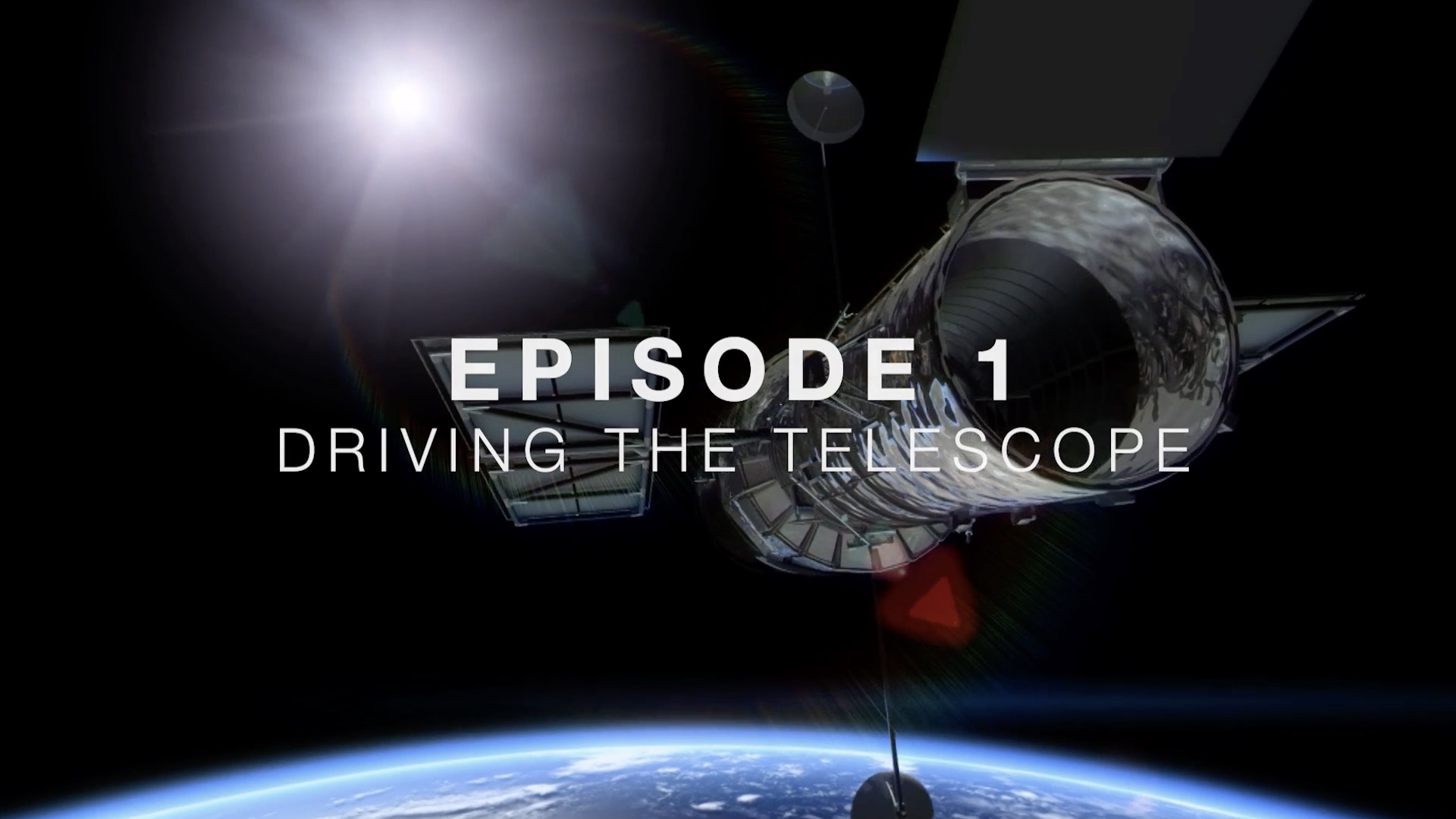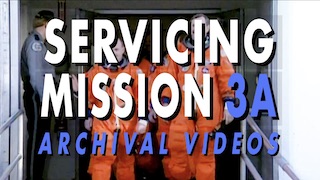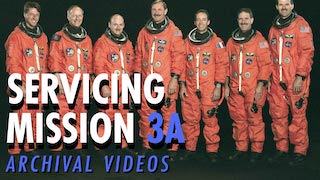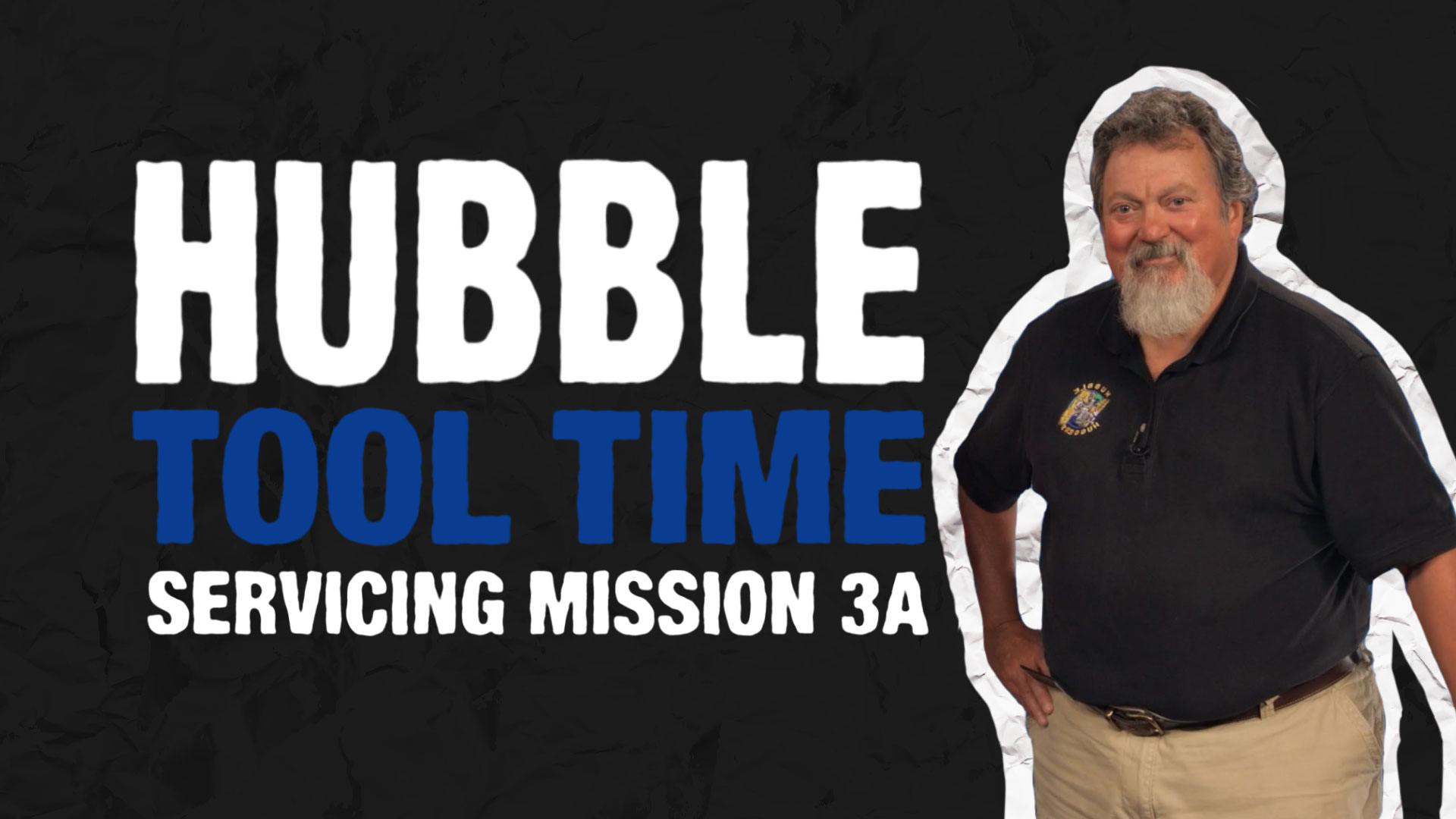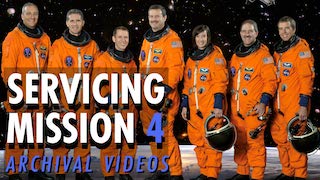How Hubble’s Servicing Mission 3A Saved the Day
After Hubble’s important gyroscopes began to fail, a Hubble emergency was declared and Servicing Mission 3 was quickly split into two separate launches. So on December 19, 1999, the brave crew of Space Shuttle Discovery lifted off to switch out the broken gyros and get Hubble working again.
The mission was an incredible success, and thanks to everyone involved with SM3A, the Hubble Space Telescope was able to do science once again and open the world to the mysteries of the universe.
To celebrate SM3A’s 20 year anniversary, this video gives a quick and in-depth review on the accomplishments of this historic mission. The tools and the knowledge gleaned from SM3A are used today by astronauts on the International Space Station, and will be critical to NASA's future crewed missions to the Moon and Mars.
For more information, visit: https://nasa.gov/hubble
Music Credits:
-”Run to the Hills” by Magnum Opus [ ASCAP ], Atmosphere Music Ltd. [ PRS], Universal Production Music
-“Crystalised Fortune” by Paul Leonard Morgan [ PRS ], Universal Production Music
-“History in Motion” by Fred Dubois [ SACEM ], Koka Media [ SACEM ], Universal Production Music
Master Version
Horizontal version. This is for use on any YouTube or non-YouTube platform where you want to display the video horizontally.
Square Version
This is a square 1:1 version of the video designed for Facebook or any other platform where you want to display a full-length square version of the video.
Vertical Version
This vertical version of the episode is for IGTV or Snapchat. The IGTV episode can be pulled into Instagram Stories and the regular Instagram feed.
Credits
Please give credit for this item to:
NASA's Goddard Space Flight Center
-
Producer
- Paul R. Morris (USRA)
-
Technical support
- Aaron E. Lepsch (ADNET Systems, Inc.)
Missions
This page is related to the following missions:Release date
This page was originally published on Thursday, December 19, 2019.
This page was last updated on Wednesday, May 3, 2023 at 1:45 PM EDT.
